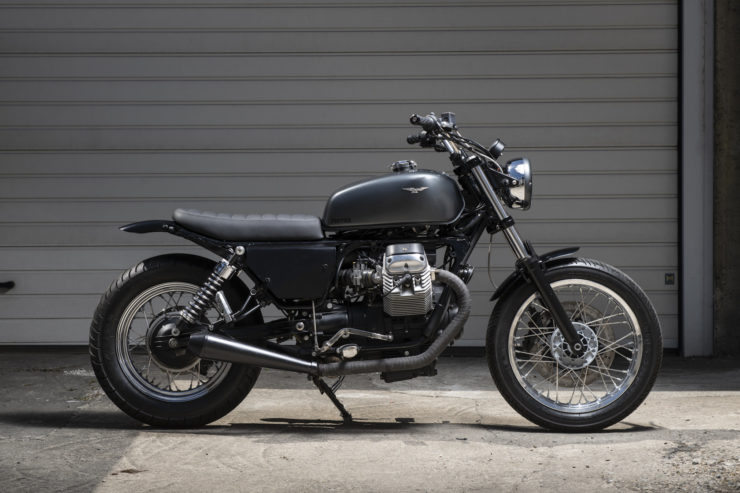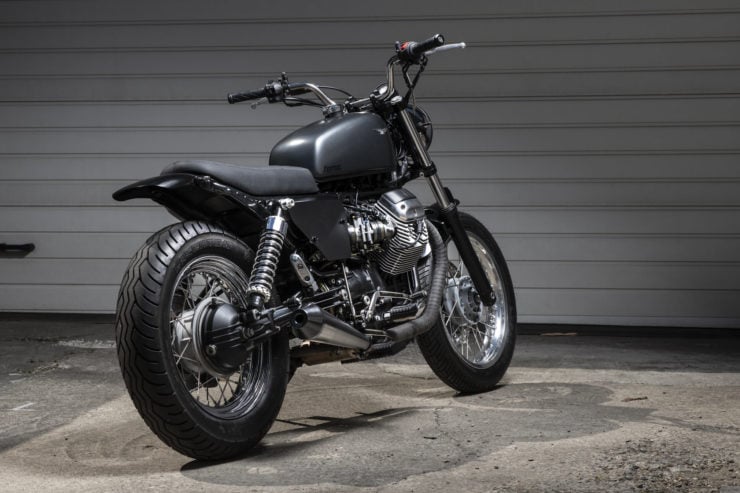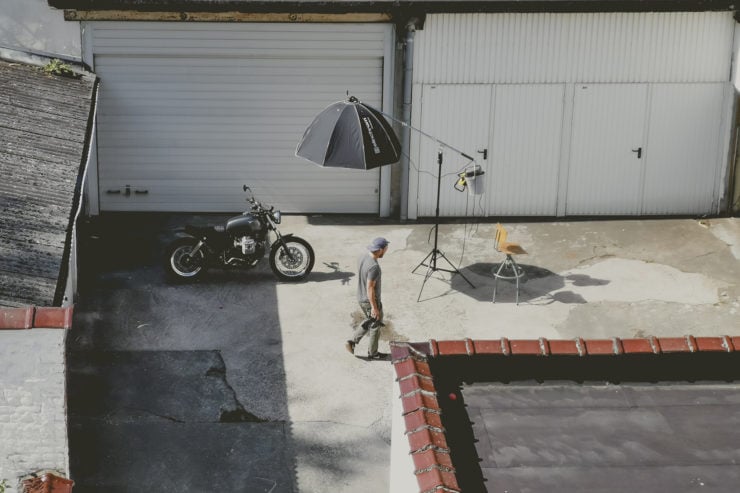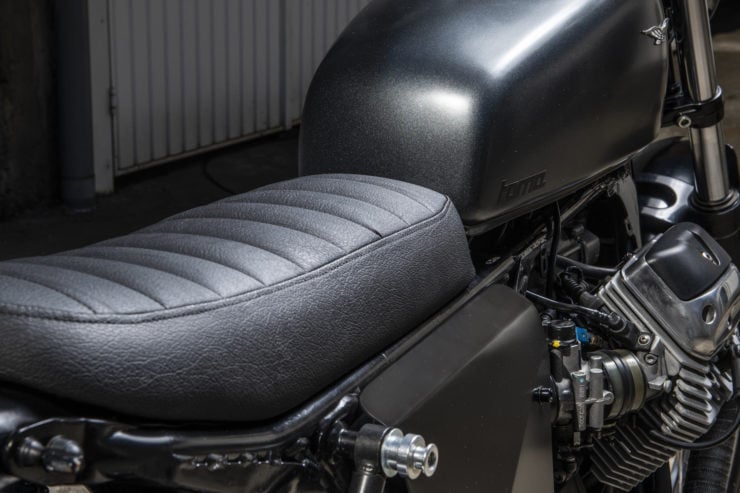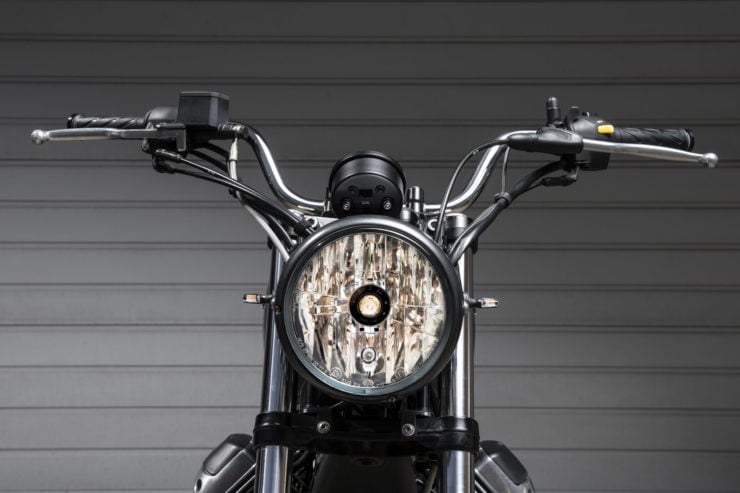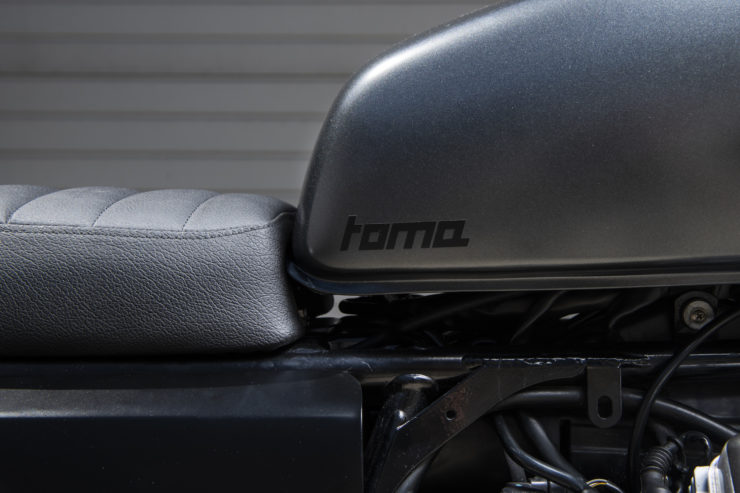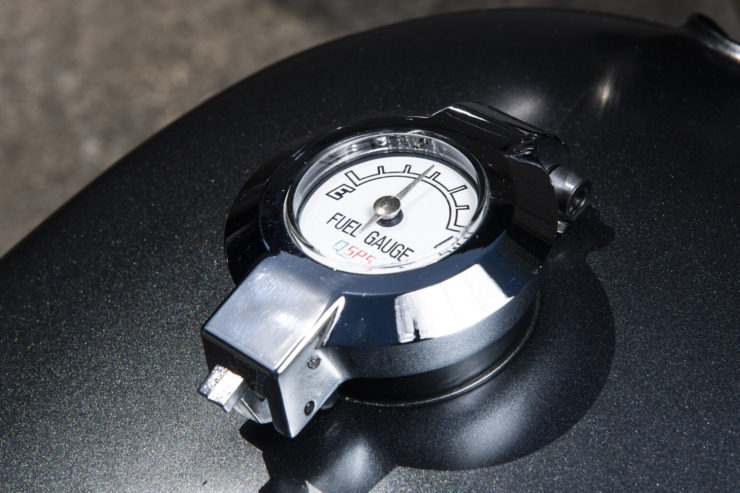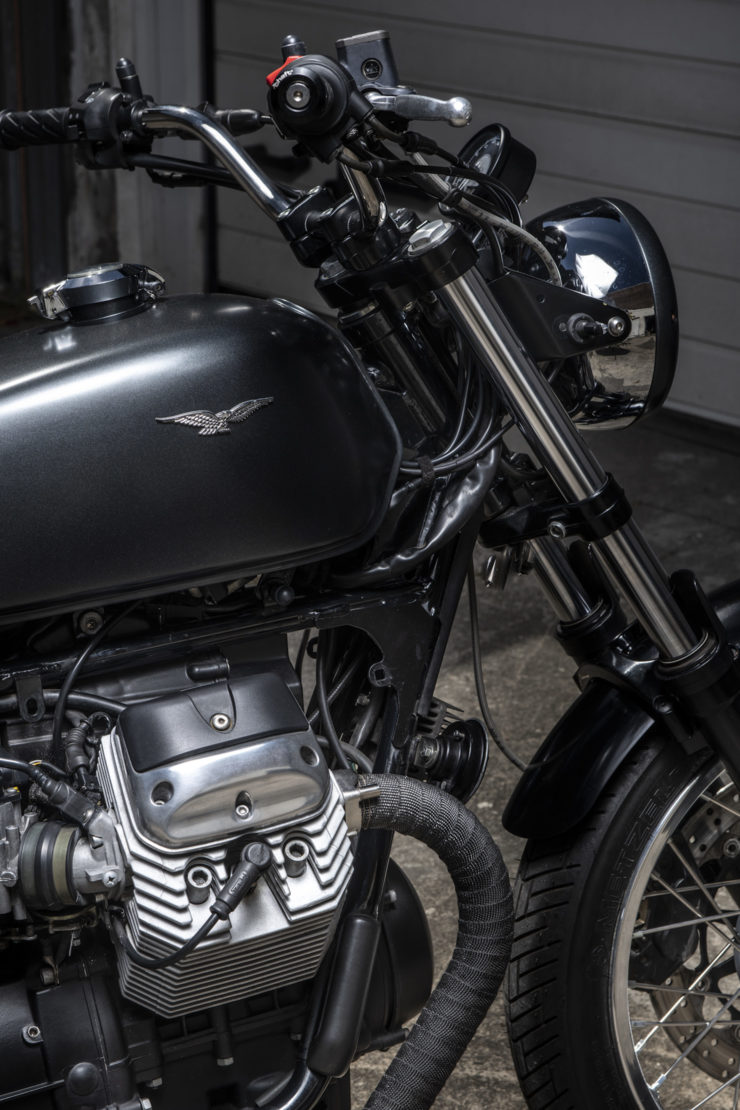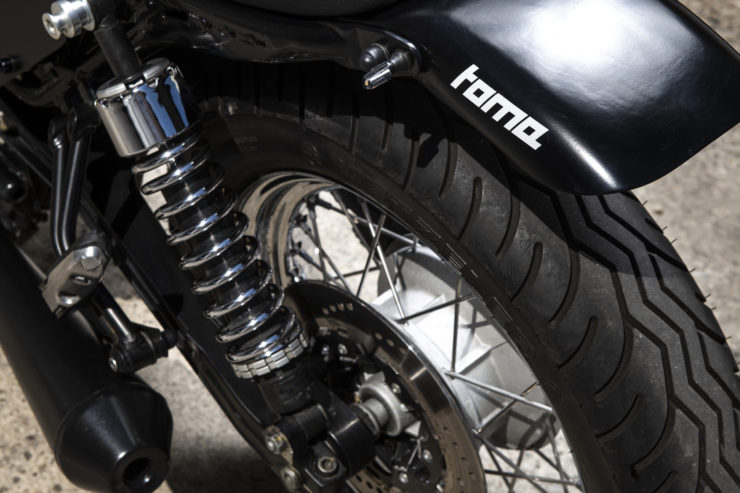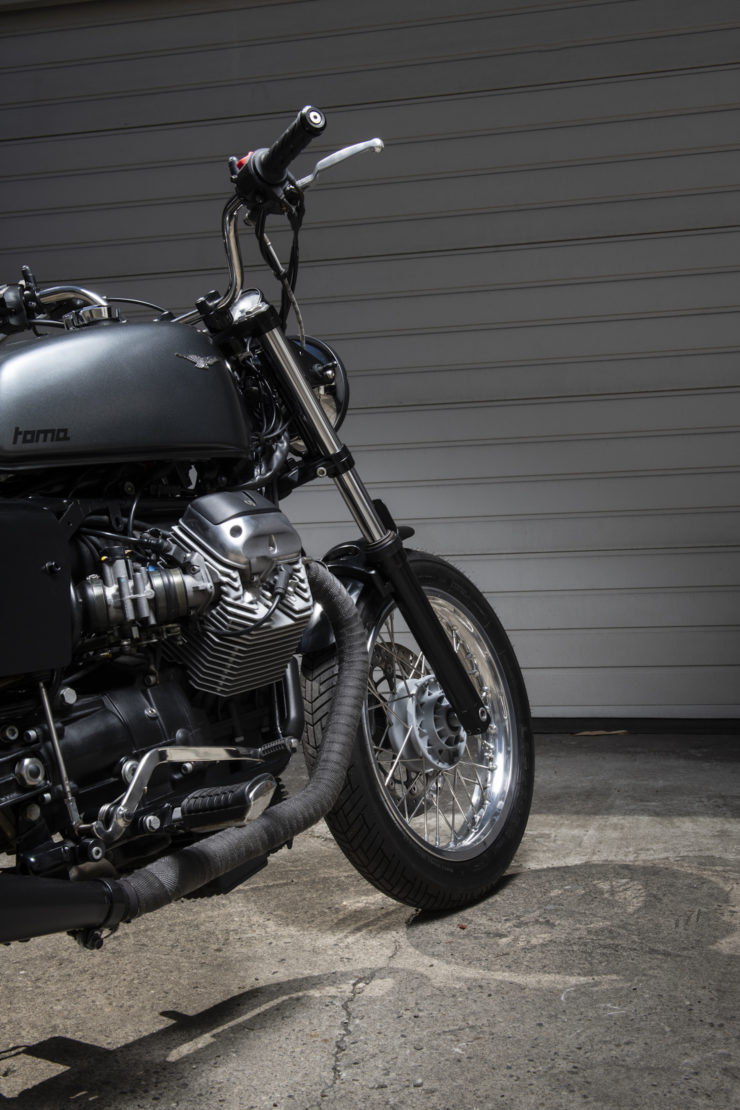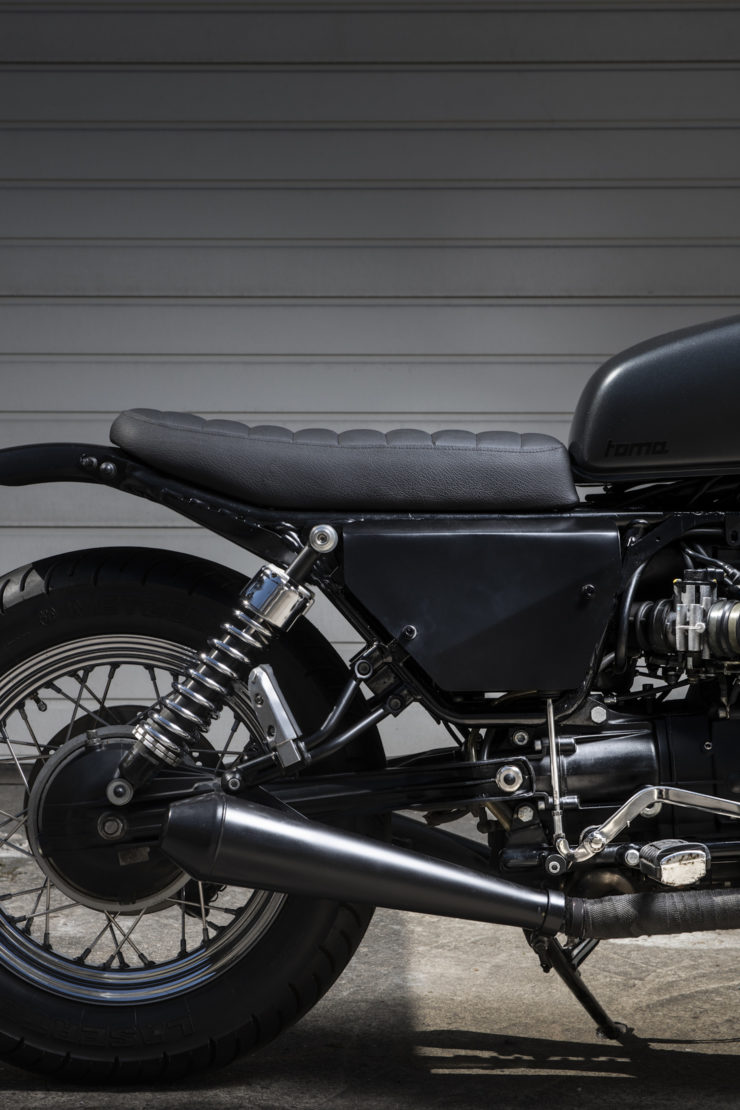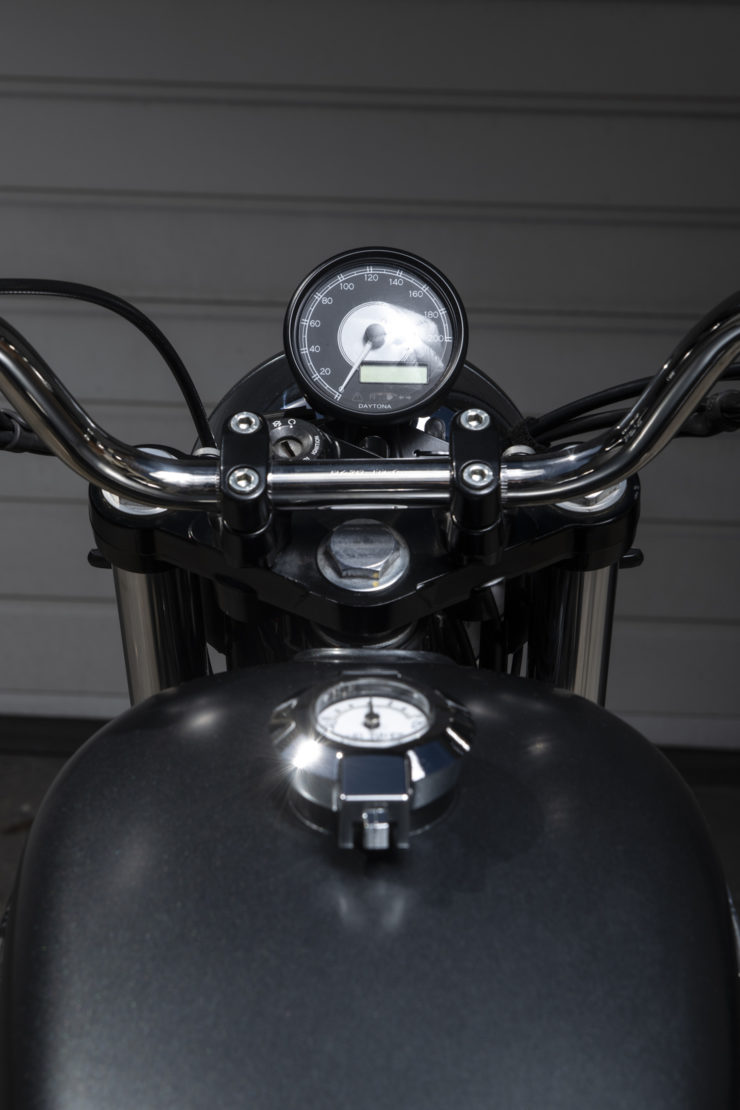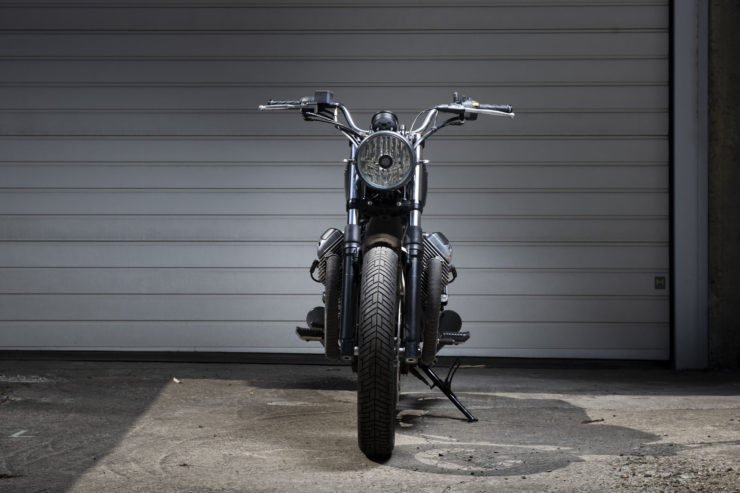Three’s a crowd
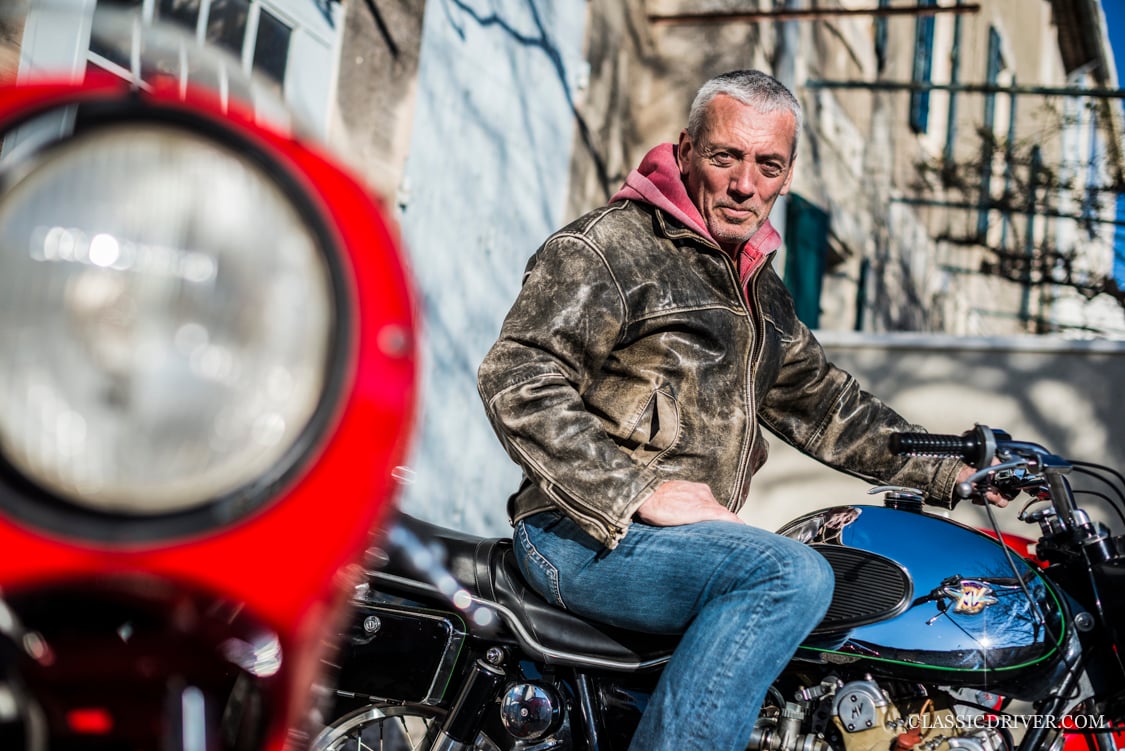
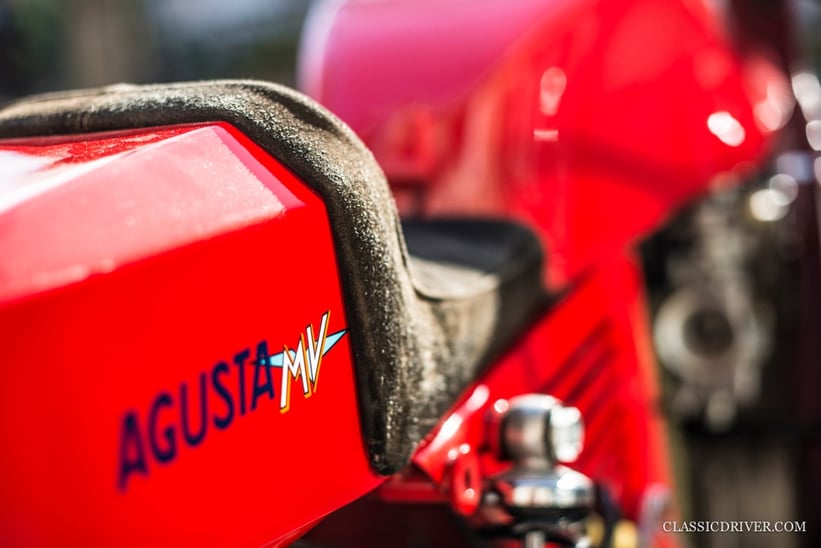
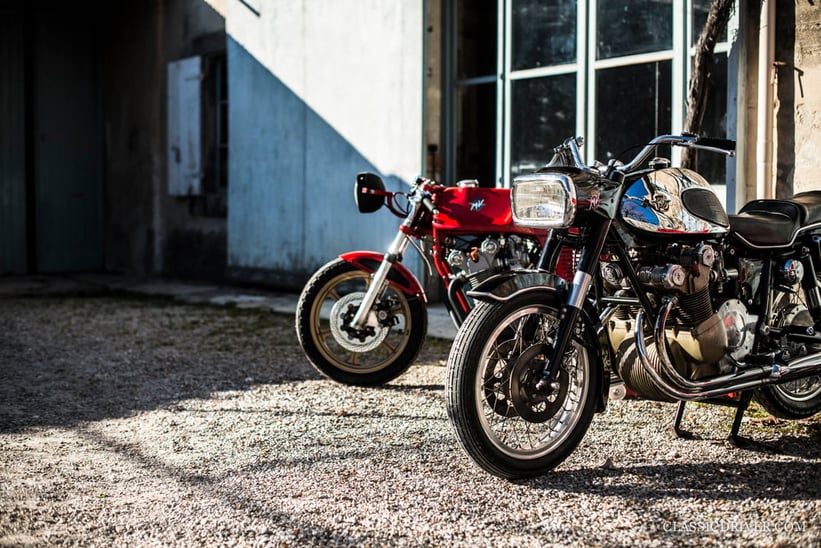
In the early-1960s, Count Agusta was, understandably, reluctant to sell a road-legal production motorcycle powered by his formidable four-cylinder engine, which had proved so dominant in Grand Prix racing for so many years. “He was afraid that ordinary folk might modify their bikes and compete in races, either embarrassing his own top-flight riders or performing poorly and tainting the brand’s venerable name,” explains Jean Marie Maréchal, an MV Agusta connoisseur and collector, as well as the owner of this delectable triplet.
Conflicting interests
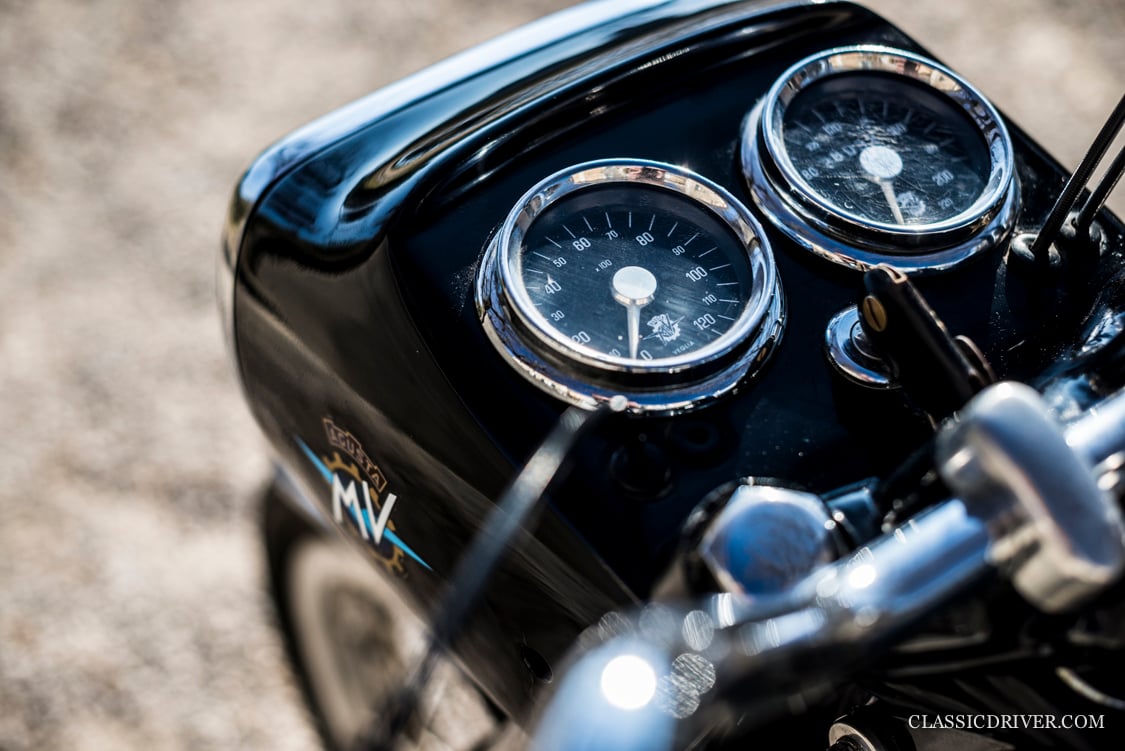
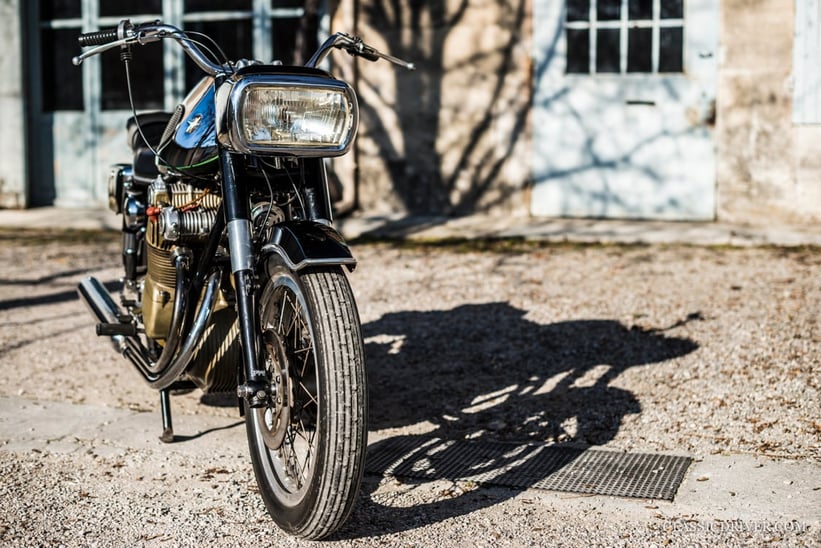
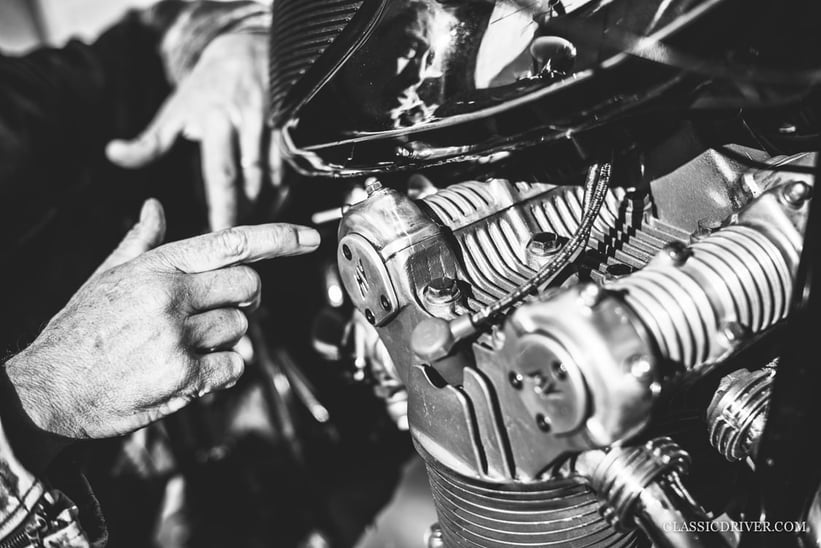
But Agusta’s engineers understood the commercial appeal of the engine’s power, reliability, and sheer beauty, and nigh on begged the boss to build a road bike. When Agusta finally obliged in 1965, we imagine the resulting 600 Touring was worlds away from what the engineers had first envisaged. “He wanted it as far as conceivably possible from a sports bike,” comments Maréchal, “to avoid people modifying it to race.” Looking at the Four, you’d certainly never believe it was powered by the same engine used by the likes of Agostini, Surtees, and Read to pummel the opposition on the racetracks of the world.
A legend is born
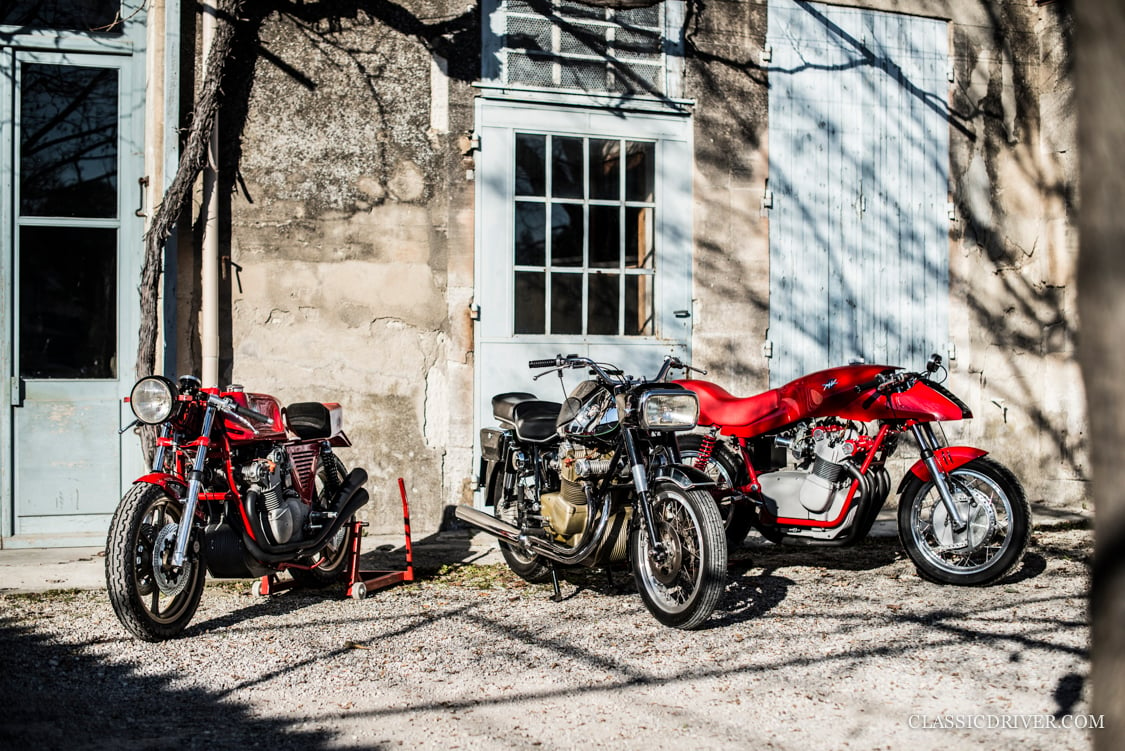
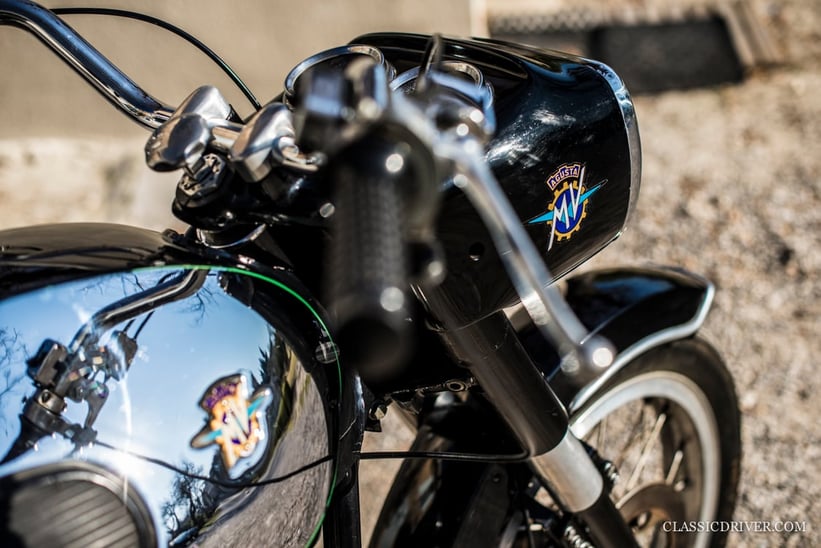
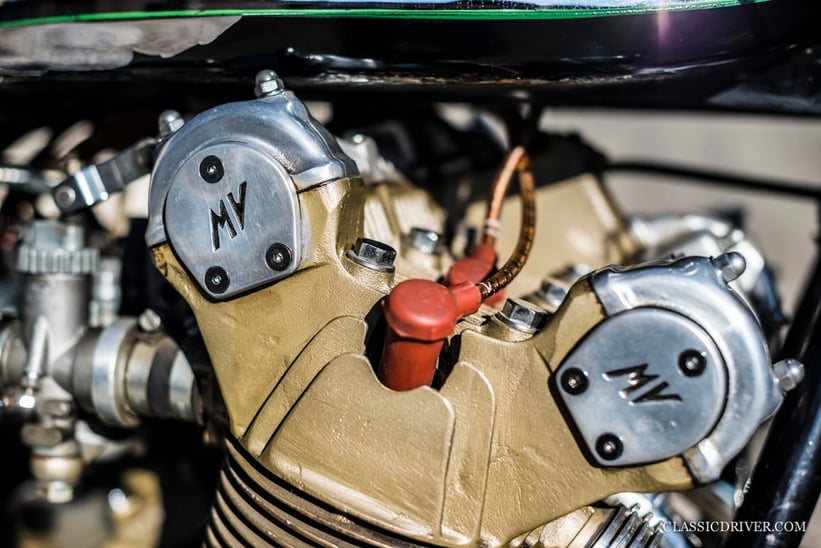
The 600 Touring was a luxury Grand Tourer and one of the most technologically advanced production motorcycles the world had ever seen. Beneath the camel hump-like fuel tank and stepped double seat was the 600cc four-cylinder engine, fitted with double overhead cams – a first for a road bike – and shaft drive, as opposed to the more conventional chain drive. “It was born two years before the famous Honda 750 four-cylinder,” explains Maréchal, “but even that only had a single overhead cam.” Around 1,200 four-cylinder road bikes were built in a small number of increasingly powerful variations until 1977, although only 127 600s left the factory, probably because they were so expensive when new.
In the beginning...
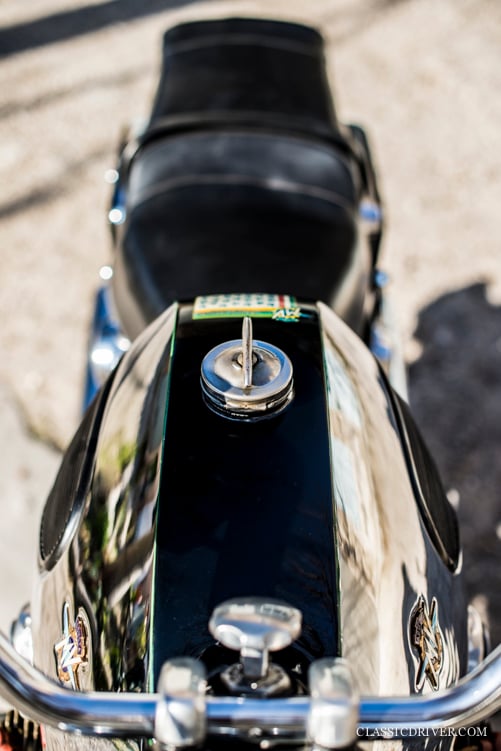

Maréchal’s 600 Touring has the distinction of being the very first production Four built – both the chassis and frame bear the magic number #001 – and, unsurprisingly, he can’t emphasise the bike’s importance enough. “Collectors are immensely interested in the very first examples of things,” comments Maréchal, “you only have to look at the sum achieved for the first Shelby Cobra last year in Monterey to realise that.” He likens its significance to that of the very first Ferrari 166, which, incidentally, was also painted black and boasted a number of unique design features. What’s more, it’s in beautifully original condition, and he’s even got the original bill of sale, signed by Count Agusta himself. “It ticks all the boxes.”
Perfect timing
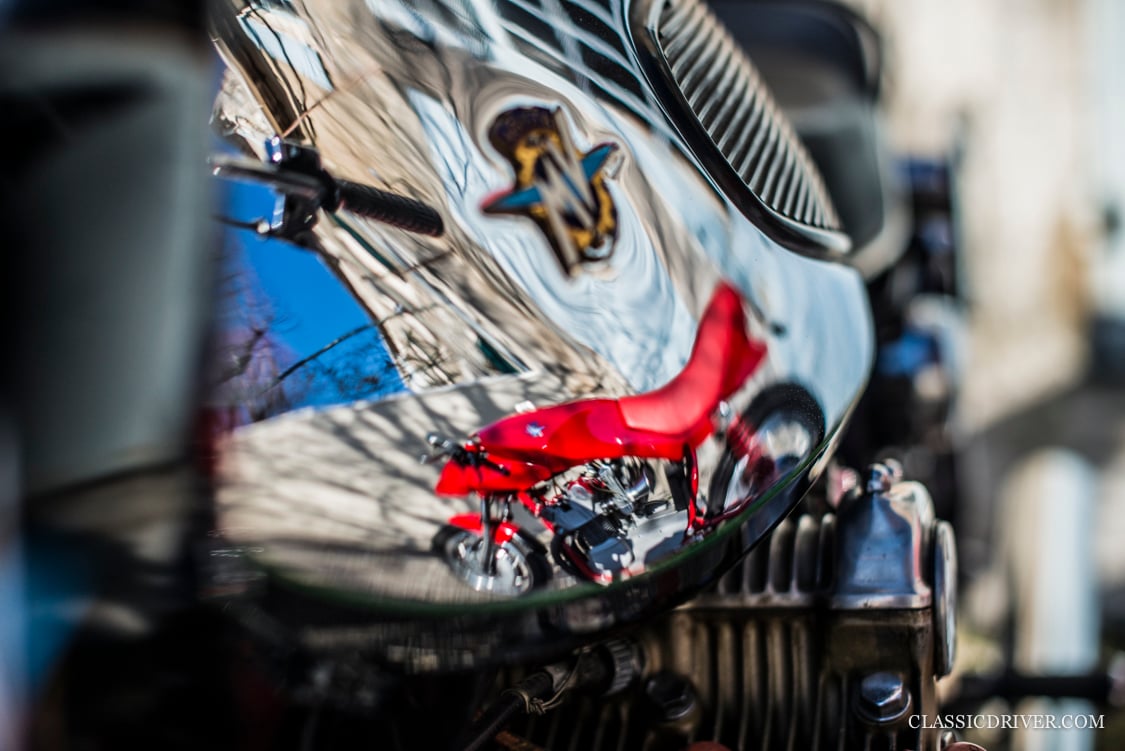
MV Agusta is in Jean Marie Maréchal’s blood. As a boy, he watched his heroes Giacomo Agostini and John Surtees conquer the world over and over again, and he estimates that he’s owned some 30 of these sultry Italian steeds over the years, in addition to significant bikes from many other manufacturers. “MV Agusta is Ferrari on two wheels,” he remarks. “It has 37 Constructors’ World Championships and 270 Grands Prix victories, and there are no other motorcycle brands that come close to rivalling its legend.” A true connoisseur, he’s also managed to obtain two other significant production MV Fours – a genuine Magni 861 and a unique design study by Target Design – just in time for the landmark model’s 50th anniversary this year.
Magni’s magic
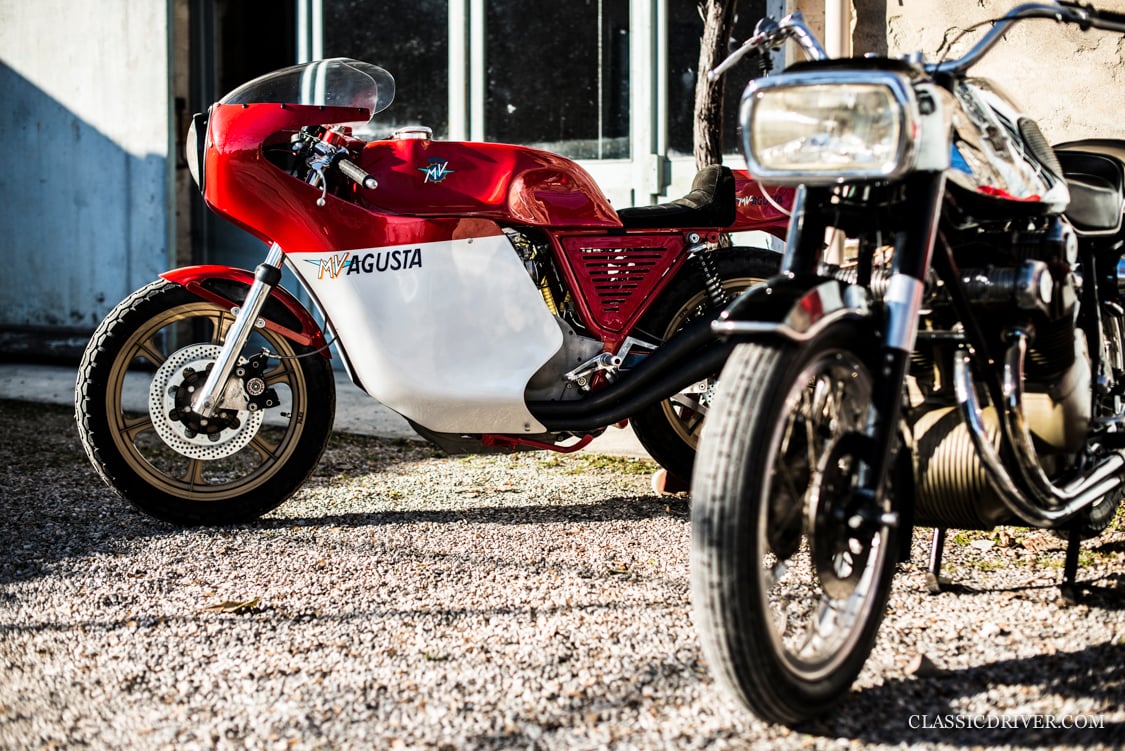
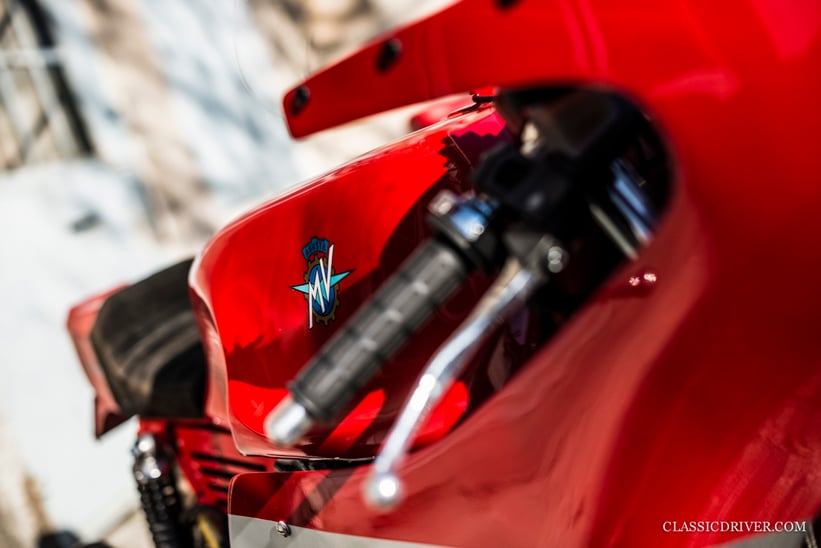
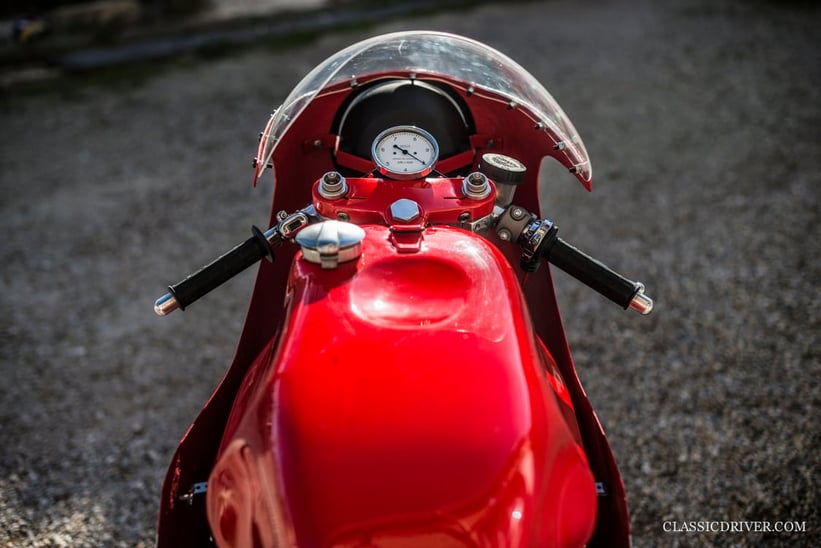
Arturo Magni, who sadly died last year, was the chief of the factory’s Reparto Corse racing outfit and, undeniably, the man who brought MV Agusta its competition success. When the factory ceased its racing activities in 1976, the ultra-talented ingegnere went about building what he considered to be the ultimate sports bikes with his son Giovanni, using MV Fours as a basis. “This bike is the exact opposite of #001,” explains Maréchal. “It represents the final and most potent evolution of this legendary engine.” Based on the 750 America, it’s loud, aggressive, and when fitted with the seductive red-and-silver fairing, pretty enough to make a grown man weep. “Magni was a genius in the same way that Ign. Bizzarrini was,” says Maréchal, “and this bike was his unbounded vision.” Just 30-40 Magni-built Fours are believed to have been built.
Bang on Target
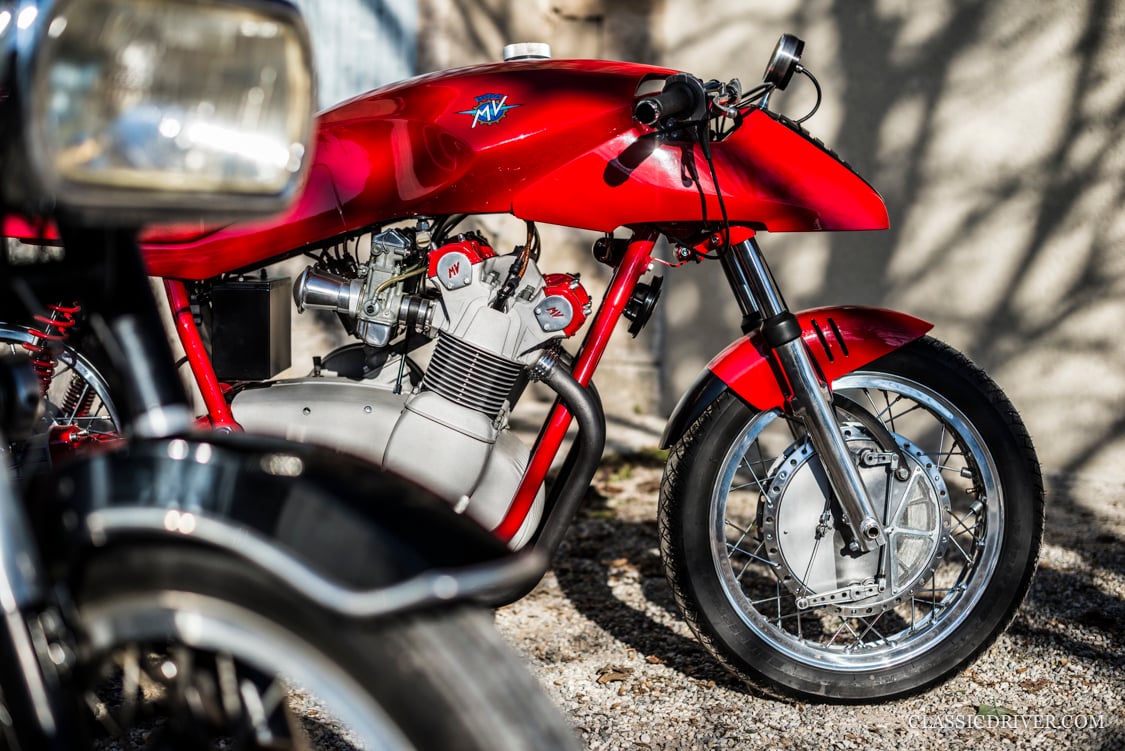
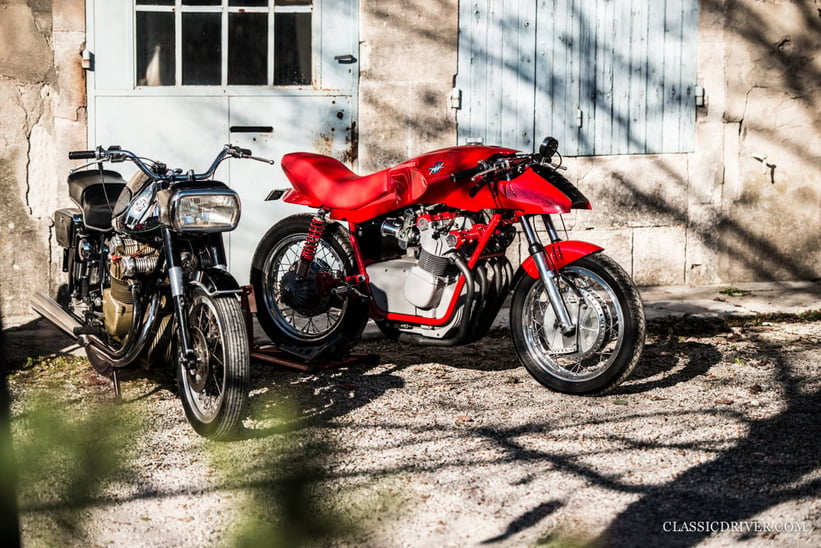

The quirky-looking contraption to the right of the triplet was German design studio Target Design’s entry for a competition held by German magazine Motorrad in 1980, aiming to find the definitive ‘motorcycle of the future’. Christened the ED-1 (denoting European Design), and fitted with the punchy four-cylinder engine from the 750 America, it saw off other studies from the likes of Porsche Design and Italdesign to win the competition. “For many years it didn’t run,” explains Maréchal, “but Harald Turner, a German MV specialist and a man that I know very well, comprehensively rebuilt it, and now it rides like a dream.” The more observant motorcycle buffs among you will have noted the ED-01’s visual similarity to the first Suzuki Katana. On the back of Target Design’s success in the competition, Suzuki afforded the studio the chance to make its bike a production reality.
Happy Birthday MV Agusta Four
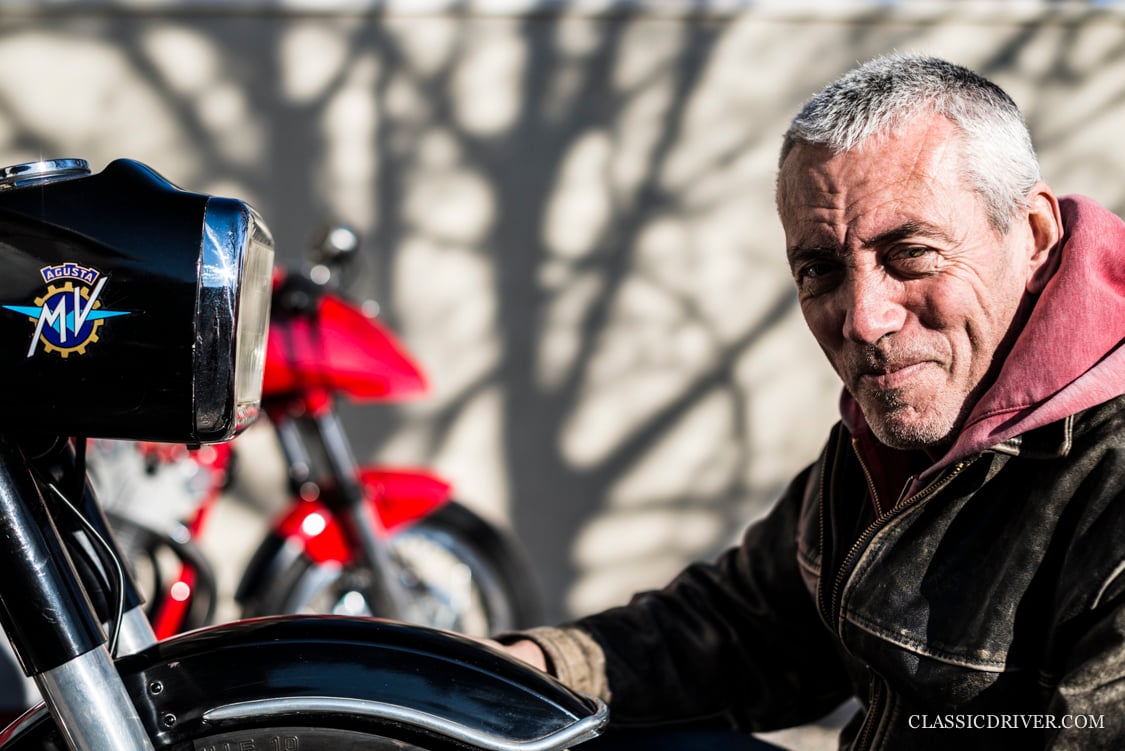
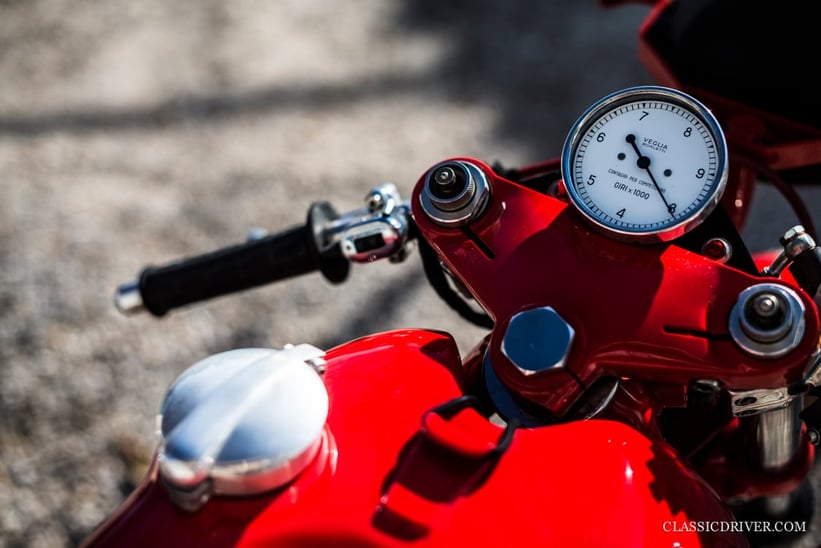
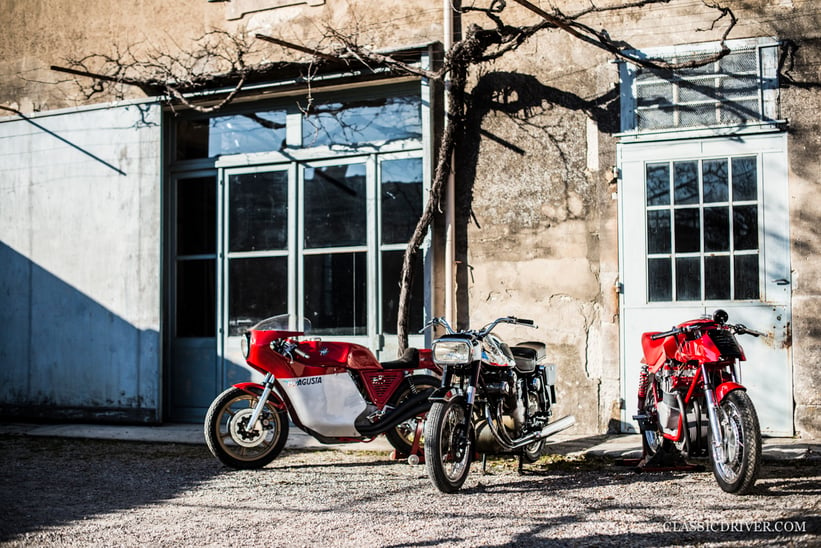
The MV Four’s bloodline, innovation, and legacy were such that the enduring model was an instant hit with the MV Agusta cognoscenti, and it has since become a seriously desirable motorcycle thanks to its important role in the Italian brand’s legend. These three bikes truly capture the magic of the MV Four and tell its story beautifully. The 600 Touring #001, in particular, can surely be counted among the most significant single bikes in the world right now, and you could own it – Maréchal is currently offering the bike for sale in the Classic Driver Market. This year marks its 50th birthday, and we can think of plenty of ways to help you celebrate it…
texte :Alex Easthope Photos: Rémi Dargegen for Classic Driver © 2017

